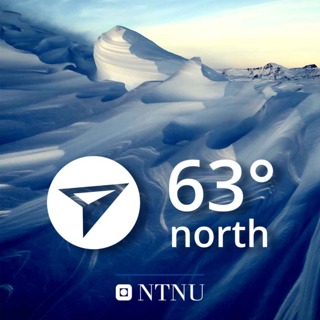Jaksokuvaus
The secrets behind how Norwegian scientists and engineers harnessed the country’s wild waterfalls by developing super efficient turbines — and how advances in turbine technology being developed now may be the future in a zero-carbon world. They include an engineer who figured out how to take advantage of national fervour and build the 1900s equivalent of a super computer, a WWII resistance fighter who saw something special in tiny temperature differences, and researchers today, who are finding ways to cut environmental impacts from current hydropower plants and craft the designs we need to confront climate change.The guests on today's show were Ole Gunnar Dahlhaug, Vera Gütle and Johannes Kverno, with cameo appearances by Hans Otto Frøland and Svein Richard Brandtzæg.You can read an article written to accompany the podcast, with photographs from the lab here There's also an online photo gallery with a brief history of the Waterpower Laboratory here.You can read more about some of the research being done at the lab here:HydroFlex: The HydroFlex project is a four year long, € 5.4 million research project financed through EU’s Horizon 2020 programme, coordinated by Ole Gunnar Dahlhaug and based at NTNU’s Waterpower Laboratory. The aim of the project is to increase the value of hydro power through increased flexibility in operations.Stojkovski, Filip; Lazarevikj, Marija; Markov, Zoran; Iliev, Igor; Dahlhaug, Ole Gunnar. (2021) Constraints of Parametrically Defined Guide Vanes for a High-Head Francis Turbine. Energies. vol. 14 (9).Gütle, Vera. (2021) How to avoid gas supersaturation in the river downstream from a hydropower plant. MSc thesis. Hosted on Acast. See acast.com/privacy for more information.
